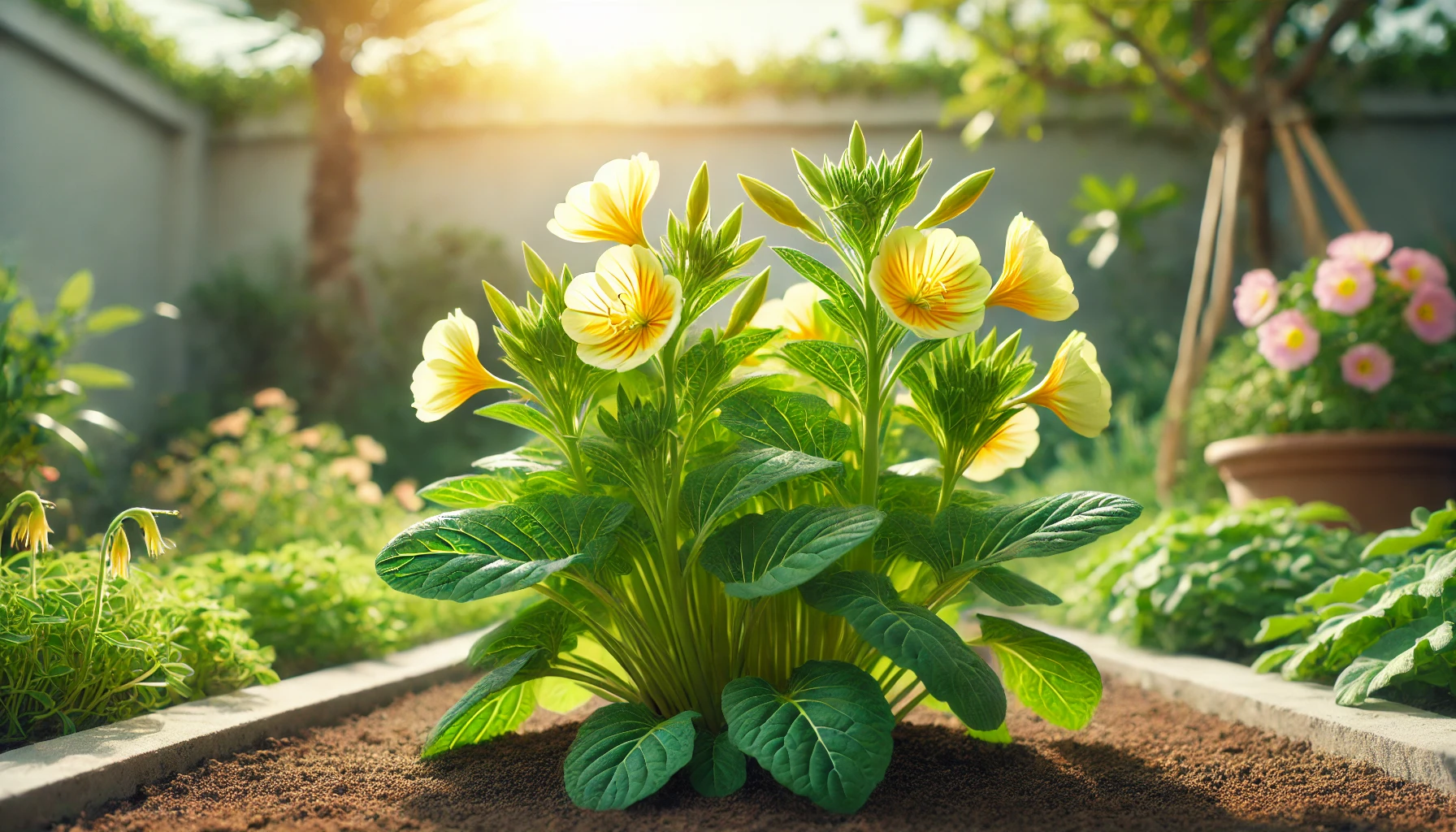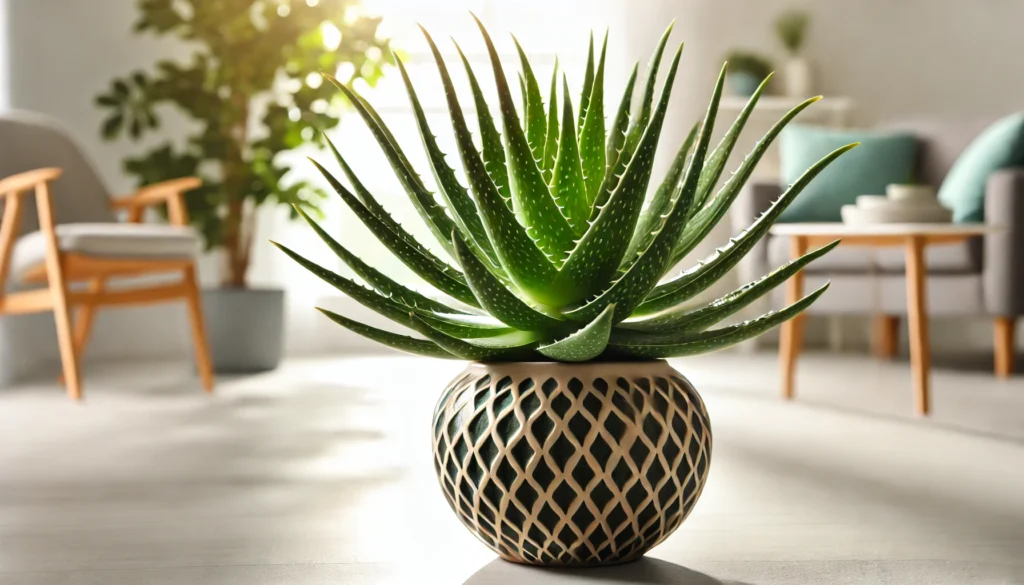
Evening Primrose, formally known as Oenothera biennis, is a delightful plant that adds a touch of beauty to any garden. This biennial plant typically grows between 3 to 5 feet tall, with lovely yellow flowers that bloom in the evening and close by midday. Its vibrant blooms and low-maintenance nature make it a favorite among gardeners.
A Journey Through Time: History and Ideal Growing Conditions
Native to North America, Evening Primrose has a rich history, particularly in herbal medicine. Indigenous peoples and early settlers used its roots and seeds for various medicinal purposes. Today, it’s widely cultivated for its oil, which is used in health supplements.
Evening Primrose thrives in well-drained soil and full sun. It can tolerate poor soil conditions and drought, making it an ideal choice for a variety of landscapes. The plant’s resilience allows it to grow in most climates, although it prefers temperate regions.
Pet Safety: Is Evening Primrose Toxic?
Evening Primrose is generally considered safe for pets, meaning it’s not toxic to cats, dogs, or other common household pets. This makes it an excellent choice for pet-friendly gardens.
Alternatives if Needed
While Evening Primrose is pet-safe, other non-toxic alternatives include Marigolds, Zinnias, and Snapdragons, which also bring vibrant colors to your garden without posing any risks to your furry friends.
Caring for Your Evening Primrose
Caring for Evening Primrose is relatively straightforward. With just a bit of attention, this plant will flourish and bring color to your garden year after year.
Watering and Humidity
Evening Primrose prefers moderate watering, especially during its growing season. Allow the soil to dry out slightly between waterings. Overwatering can lead to root rot, so it’s essential to avoid soggy conditions. The plant isn’t fussy about humidity levels, making it easy to care for in various environments.
Soil, Light, and Temperature
For best results, plant Evening Primrose in well-drained soil. While it can tolerate poorer soils, a loamy mix will support healthier growth. Full sun is crucial for optimal blooming, but the plant can handle partial shade. Evening Primrose is hardy and can withstand temperatures as low as -30°F, making it suitable for a wide range of climates.
Troubleshooting: Common Problems and Their Solutions
Evening Primrose is a hardy plant, but like any garden favorite, it can face some challenges. Common issues include powdery mildew, rust, and aphid infestations. To prevent fungal issues, ensure your plants have good air circulation. If aphids become a problem, a simple spray of water or insecticidal soap can help.
Invasiveness: Should You Be Concerned?
Evening Primrose is not considered invasive. However, in some areas, it can spread rapidly if not managed properly. If you’re concerned about its growth, consider planting it in a contained area or using garden barriers to prevent unwanted spreading.
Propagation and Why You’ll Love Growing Evening Primrose
Propagating Evening Primrose is simple. You can start it from seeds, which should be sown in early spring. Once established, the plant will self-seed, ensuring its presence in your garden for years to come. Aside from its aesthetic appeal, Evening Primrose attracts beneficial insects like bees and butterflies, supporting your garden’s ecosystem.
Final Thoughts
Evening Primrose is a charming, low-maintenance plant that offers vibrant evening blooms and resilience in various conditions. It’s a perfect choice for both novice and experienced gardeners. Whether you’re looking to add beauty to your garden or attract pollinators, Evening Primrose is a wonderful addition. Plus, with its pet-safe qualities and non-invasive nature, you can enjoy this plant worry-free.
Stay connected with the world of plants! Subscribe to Phylofy for expert gardening tips, DIY projects, and eco-friendly inspiration. Join our community and nurture your love for nature. Don’t miss exclusive content and updates. Subscribe now!



